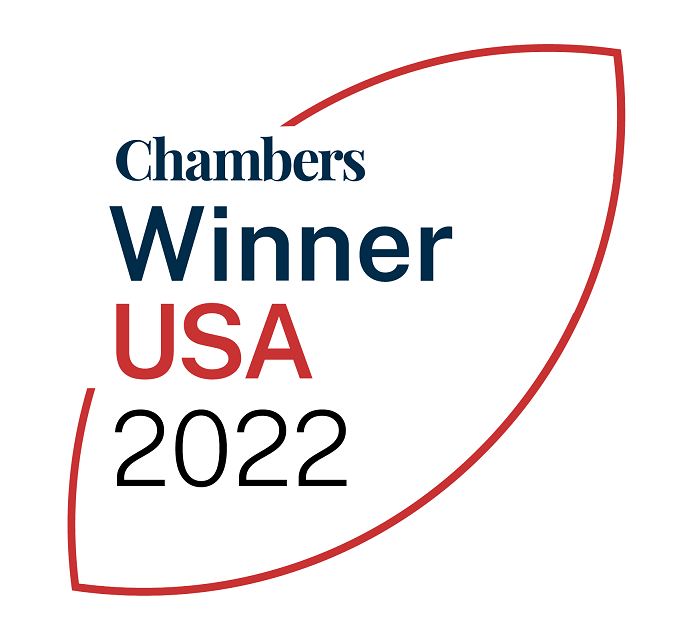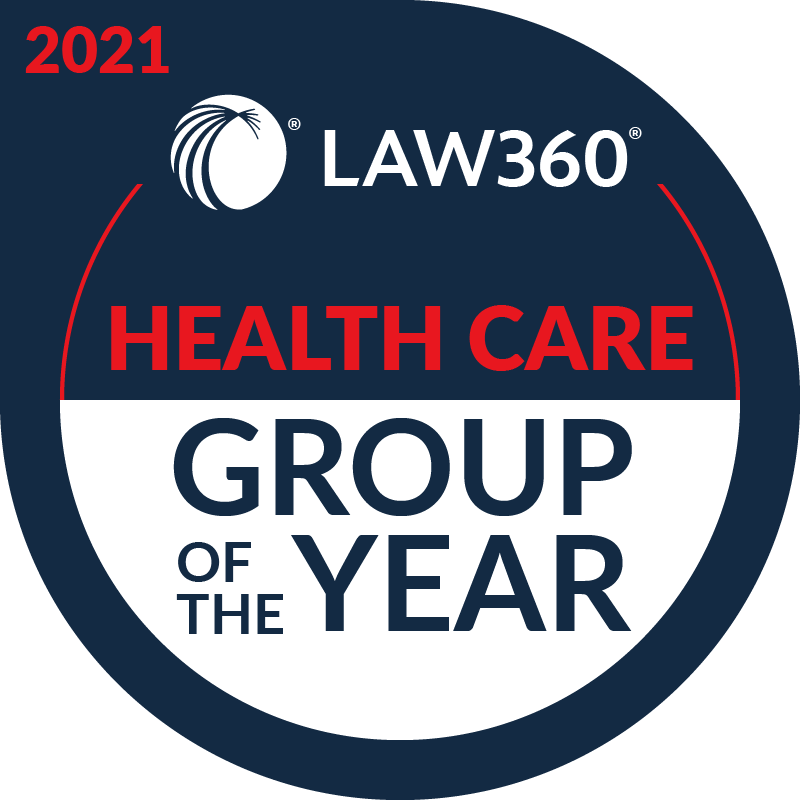The ‘90s was a wild ride for the physician practice management (PPM) industry. I know this from personal experience. I rode the PPM consolidation wave of the ‘90s up to the top – and I saw it crash based on a number of factors.
One reason being that physicians resented that PPMs were not delivering value or on their promise to “repair/restore” the income that physicians sold to PPMs. There was also a devaluation of the PPM equity that physicians received as a large part of their sale price, as well as a general reluctance from office-based physicians to truly be part of a large organization, as opposed to “ruling” their own kingdoms. The PPMs were also burning through cash to support their substantial corporate overhead, which did not help the equation (there was no such thing as a “platform” to start off the PPM).
Fast-forward to 2018, where shifting markets demand a new approach to investments and a new set of priorities. Below are four strategic imperatives for success in today’s increasingly-competitive, ever-changing PPM marketplace:
- Achieving physician alignment: One of the biggest issues in the late ‘90s was the “us versus them” mentality that existed between physicians and physician practice management companies, both in terms of how deals were structured and the economics of the deal itself. From a structural perspective, deals must be designed to ensure physicians are incentivized, committed and that their interests are aligned.Whether this is accomplished through equity and/or tying physician compensation to practice profitability, many newly-developed concepts can be incorporated into the transaction structure and economics to improve physician alignment. When the structure and process of a deal are done right, it can help reduce physician resentment and drive post-transaction performance and productivity.
- Delivering on the value proposition: Back in the ‘90s, the industry narrative was focused on how PPMs could drive value and practice improvement. Unfortunately, the rush to grow meant that PPMs collectively failed to provide that much-needed value.With today’s physician practice market, many successful PPMs come to the table with a solid plan to deliver on their promises of enhanced value and income repair. And with today’s record high multiples, investors must have a strategy designed to reduce their effective multiple by immediately incorporating value-adds into the business – whether that’s through reduced expense or enhanced revenue. This will continue to be a key determinant of success in the coming years.
- Executing a cost-effective roll-up strategy: As transaction volume continues to increase, deals must be done in a productive and cost-efficient manner. Having a cost-effective roll-up strategy is essential to avoid wasting legal fees and in order to efficiently execute on an acquisition pipeline. This includes upfront streamlined diligence that exposes a target’s regulatory warning signs at the start. PPMs also should be utilizing the latest proven, cutting-edge, cost-efficient solutions for streamlining bolt-on practice acquisitions and integrations.
- Taking a platform approach: To start a PPM in the ‘90s, investors would typically form a PPM by first building out a complete practice management infrastructure, with a strategy of having its development team buy practices to fold into the newly-created practice infrastructure. Today, PPMs are taking a smarter, more fiscally conservative approach, where the investment priority is purchasing a platform practice that already has key elements of a proven practice management infrastructure (e.g., a management team, managed care contracting capabilities, back office operations, group purchasing potential and ancillary services), as well as the existing revenue to support that infrastructure.
One example of this is Audax Private Equity’s investment in Miami’s Gastro Health in 2016 with the intent for the latter to serve as Audax’s platform practice. Many people may say that investors are overpaying for platforms. However, there are clear benefits to paying up for a true platform where current revenues cover operating expenses, as opposed to the strategy of many PPMs of the 90’s (i.e., burning cash to cover monthly expenses before they had acquired sufficient practice revenue to cover that overhead).By taking a platform-first approach, PPMs can focus on adding smaller practices, with accretive results due to the synergies of folding the practice into the platform. It also makes for a compelling story as to why independent physicians should join the platform.
With new strategic priorities also come focus on regulations that could have serious negative consequences to the PPMs, such as various states’ Corporate Practice of Medicine (CPOM) doctrines. In most states, it is illegal for anyone other than physicians to own a company that provides clinical services or employs physicians.
To comply with this prohibition, the general model that has been utilized for decades involves a managed service organization (MSO)/PPM taking a “management fee” from a practice that is technically owned by a licensed provider. However, with this model, we have seen physicians who become resentful or adverse to the PPM, claiming that the management arrangement violates the state CPOM, with a goal of “blowing up” the arrangement. This is why it is critical for investors to be well aware of recent CPOM developments, state challenges and the evolution in MSO structurers intended to best protect the PPM from these types of challenges by disgruntled physicians.
It’s certainly an exciting time for practitioners and investors alike in today’s PPM and ambulatory surgery center (ASC) industries. At the 2018 Physician Practice Management & ASC Symposium, taking place in Nashville, TN, on April 25–26, McDermott, Will & Emery will convene PPM and ASC leaders from around the country to address the changing environments and strategic and legal imperatives for growth and investment success in 2018. Below is more information about the event.
2018 Physician Practice Management & ASC Symposium
April 25-26, 2018
Nashville, TN
Two Conferences – One Venue
- Day 1 | April 25 | Opening General Session – Keynote Panels
- Day 2 | April 26 | PPM-Focused Programming / ASC-Focused Programming
We hope you can join us!






